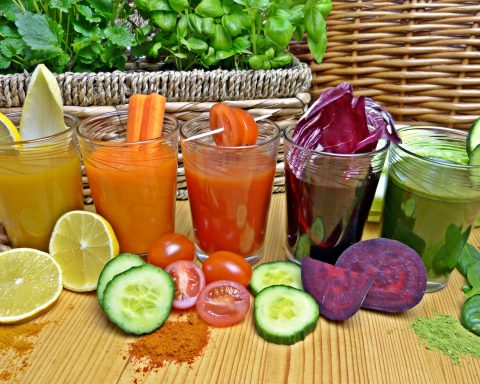
Pavanamuktasana – Wind Removing Pose
Pavan means wind, mukta means relieve or free and asana means pose. This asana is similar to many other yoga poses based on nature. It is being used to foretell the strength and power of the wind from within. It helps in




